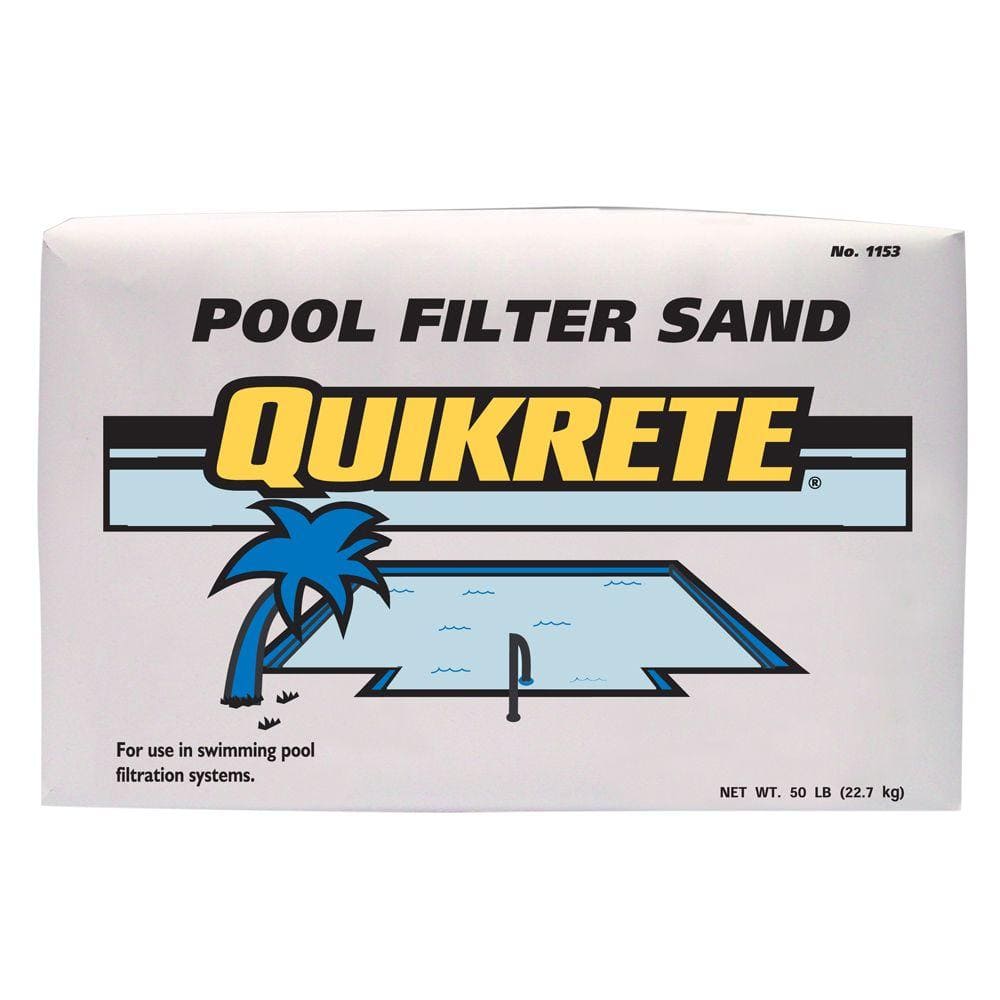black diamond blasting sand worked for me....
What mesh size, or grade, of the black diamond blasting sand did you use? I would love a darker substrate now that I am not using aquarium soil.
In regards to using natural collected sand or gravel you can use it, I have used collected gravel for years, but it isn't necessarily cheaper, or saves you work. The main reason to use a collected sand is for a unique color or texture.
To collect gravel I do the following (sand would be the same):
- Find a clean site, ie not near sewage or industrial outflows, also avoid agricultural areas, and that has the type of sand you want.
- Perform an acid test on the sand and ensure it doesn't react. Some people use vinegar for this but I find muriatic acid to work the best. If the substrate reacts with the acid it is not suitable for use. (caution the acid it can burn you)
- Ensure that it is OK to collect sand from the site.
- Look for an area that has the grain size you are looking for, the sand aspect is new to me so I cannot help on the size recommendation. Alternatively you can purchase or make screens to get the right size sand particles (I used to keep a whole set of screens for gravels). If you screen the sand it is more efficient to screen at the collection site rather than take it home to screen.
- Do an initial wash of the sand and drain most of the water from it.
- Put the sand in buckets then place full strength bleach in the buckets. I put in approximately 2 cups of bleach per 5 gallon bucket 2/3 full with sand. Top up the sand bleach mix with water till it just covers the sand, mix and let it sit for a few days.
- Drain the bleach water mix in an area where the bleach will not cause a problem. At this point I usually repeat the sterilization process, though I don't know if this is fully required.
- Fully drain the fluid from the sand and rinse it thoroughly. This will take a bit of time. I usually transfer a small amount of sand to a normal pail and rinse it till I cannot smell any bleach then double or triple that rinsing to make sure.
- I would add chorine neutralizer to the sand, mix with water and let sit for a day before a final rinse.
This method is labour intensive, the biggest issue is ensuring the bleach is entirely rinsed from the sand, but it has worked well for me. I used to have some beautiful red gravel from the north shore of Lake Superior that we collected in the mid 70s that I had kept in various tanks until about 5 years ago, when losses over the years reduced the 16 gallons I started with to about 2.
I now use Quikrete playsand,
@Byron suggestion, but it needed a lot of cleaning before I would put it in my tanks. The grey version
@Byron mentions is not available where I live and I don't see it offered on the company site. It is sterilized by heating with a flame, but it is otherwise sand pit sand that is loosely graded. The fish seem to be able to dig in it and that makes them happy.




